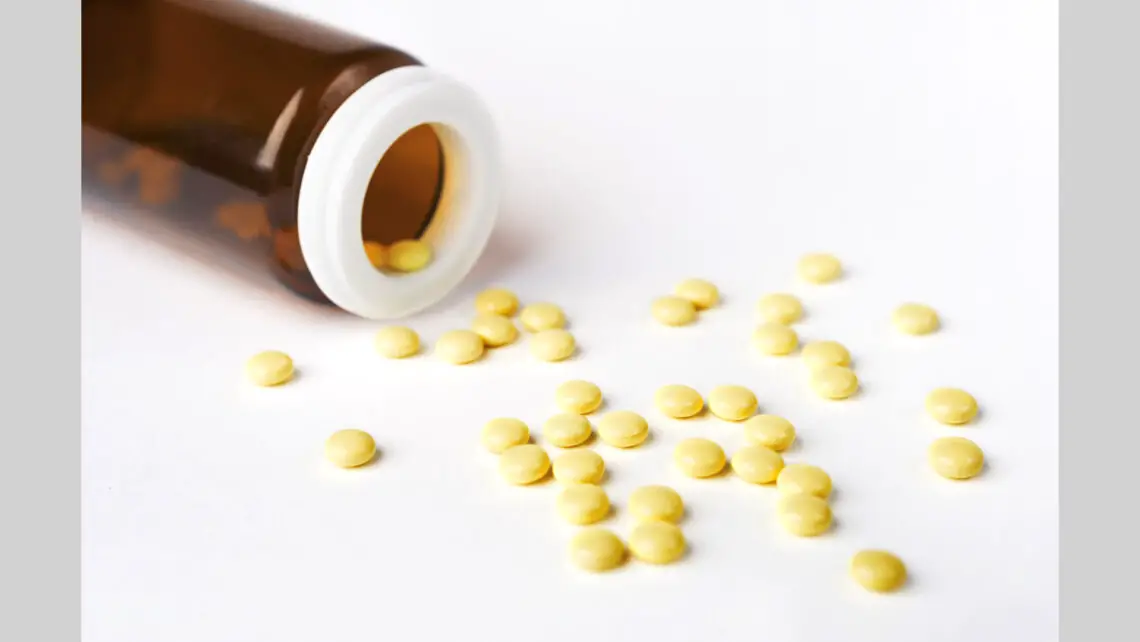ABSTRACT
Cardiomyopathy is a disease of the heart muscle. This article reviews types, pathogenesis, causes and diagnosis along with keynotes of some homeopathic remedies.
INTRODUCTION
- Cardiomyopathy is a disease of the heart muscle that makes it harder for the heart to pump blood to the rest of our body. Cardiomyopathy can lead to heart failure.
There are 5 types of cardiomyopathy among which first three are commonly seen
- Dilated cardiomyopathy
- Hypertrophic cardiomyopathy
- Restrictive cardiomyopathy
Rare types are
- Arrhythmogenic right ventricular cardiomyopathy
- Obliterative cardiomyopathy
DILATED CARDIOMYOPATHY
- This is characterised by dilatation and impaired contraction of the left ventricle (and sometimes the right ventricle).
- Left ventricular area is increased but thinning is normal or reduced.
- This condition affects mostly adults.
- The average survival rate from the onset to death is less than 5years.
Etiology
- High blood pressure
- Previous heart attacks
- Alcohol/Cocaine use
- Toxins (lead, mercury)
- Infections
- Obesity
- Diabetes
Pathogenesis
- Thinning of ventricular walls along with dilatation.
- Endocardium becomes thinner and mural thrombi are often found in ventricles and atria (cardiac valves are normal)
- Degenerative changes with small areas of interstitial fibrosis are found with focal mononuclear inflammation of cell infiltrates.
- Histological changes include myofibrillary loss, interstitial fibrosis and T-cell infiltrates.
- Heart is enlarged and increase in weight of heart seen up to 100gms.
- Prominent dilatation of all 4 chambers giving globular appearance to the heart.
Clinical features
- Frequent chest pains
- Arrhythmias
- Thromboemobolism
- Sudden death
Investigations
- ECG usually shows non-specific changes but Echocardiography is useful in establishing diagnosis.
Management
- Risk can be reduced by rigorous medical therapy with β-blockers and angiotensin receptors antagonists.
- Some patients may be considered for implantation of cardiac defibrillator and/ or cardiac resynchronisation therapy.
HYPERTROPHIC CARDIOMYOPATHY
- This is the most common form of cardiomyopathy, characterised by inappropriate and elaborate left ventricular hypertrophy.
- It’s also known as Asymmetrical hypertrophy, Hypertropic Subaortic stenosis and Tear’s disease
- The hypertrophy may be generalised or confined largely to the interventricular septum (asymmetric septal hypertrophy) other regions (apical hypertrophy cardiomyopathy)
Pathogenesis
- It’s a genetic disorder usually with autosomal dominant transmission
- a high degree of penetrance and variable expression.
- Marked myocardial fibre disarray
- Abnormal vascular response (eg. Exercise induced hypotension) and high risk of sudden death.
- Hypertrophy of myocardium is asymmetrical and affects interventricular septum.
- Its seen in apical region of the septum extended up to the mitral valve causing obstruction to left ventricular outflow in the form of subaortic stenosis.
Clinical features
Symptoms
- Angina on effort
- Dyspnoea on effort
- Syncope on effort
- Sudden death
Signs
- Jerky pulse
- Palpable left ventricular hypertrophy
- Double impulse at the apex (palpable 4th heart sound due to left atrial hypertrophy)
- Midsystolic murmur at the base
- Pansystolic murmur (due to mitral regurgitation ) at the apex.
Investigations
- ECG- abnormal and shows features of left ventricular hypertrophy with wide variety of often bizarre (unusual) abnormalities (eg: pseudo infarct pattern, deep T-wave inversion).
- Echocardiography is a diagnostic, although the diagnosis may be difficult when another cause of left ventricular hypertrophy is present (eg: physical training- athlete’s heart, hypertension) but the degree of hypertrophy is greater than expected.
- Genetic testing may facilitate diagnosis.
- The natural history is variable but clinical deterioration is often slow.
- The annual mortality from sudden death is 2-3% among adults and 4-6% in children and adolescents.
- Sudden death occurs typically during or just after vigorous physical activity;
- Hypertrophic cardiomyopathy is the most common cause of sudden death in young athletes.
- Ventricular arrhythmias are thought to be responsible for many of the deaths.
RESTRICTIVE CARDIOMYOPATHY
- This is a rare condition
- Here ventricular filling is impaired because the ventricles are ‘stiff’
- This leads to high atrial pressure with atrial hypertrophy, dilatation and later atrial fibrillation.
Eitiology
- Amylodosis is the most common cause of restrictive cardiomyopathy in UK.
Other causes
- Glycogen storage disease
- Hereditary causes
INVESTIGATIONS REQUIRED
- Diagnosis may be very difficult and requires complex Doppler echocardiography, CT, MRI and endomyocardial biopsy.
HOMOEOPATHIC APPROACH
According to Hahnneman’s classification of diseases the types of cardiomyopathy that fall under true chronic diseases are:
- Primary cardiomyopathy
- Idiopathic dilated cardiomyopathy
- Idiopathic hypertrophic cardiomyopathy
- Idiopathic obliterative or restrictive cardiomyopathy
Secondary cardiomyopathy falls under pseudo-chronic disease according to Hahnemann’s classification of diseases
Following are the causes for
- Secondary cardiomyopathy
- Nutritional disorders
- Toxic chemicals
- Drugs
- Metabolic diseases
- Neuromuscular diseases
- Connective tissue diseases
HOMOEOPATHIC THERAPEUTICS FOR CARDIOMYOPATHY
Digitalis
- Weakness and dilatation of myocardium. Indicated in heart failure especially when atrial fibrillation has set in.
- Sensation as if heart would stop beating if she moved. Pulse weak and quickened by the least movements (opposite to gels).
- Hypertrophy with dilatation.
Gelsemium
- Sensation that it’s necessary to keep in motion or else the hearts action would cease ( opposite dig)
- Slow pulse (dig, kalm, apoc)
- Palpitations; pulse soft, weak, full and flowing. Pulse slow when quiet, but greatly accelerated on motion.
Adonis vernalis
- Acts on heart muscles in a stage of fatty degeneration, regulates the pulse and increases the power of contraction of heart, with increased urinary secretions.
- Low vitality, with a weak heart and slow, weak pulse.
- Mitral and aortic regurgitation
- Irregular cardiac action, constriction and vertigo.
- Pulse rapid and irregular.
Cactus grandiflorus
- Constriction of heart, as if from an iron band.
- Constricting pains and stitches in the heart, pulse feeble, irregular, quick, without strength.
- Endocardial murmurs of enlarged ventricles
Spigelia anthelmia
- Violent palpitations.
- Precordial pain and great agg from movement.
- Frequent attacks of palpitations, especially with halitosis.
- Pulse weak and irregular.
- Angina pectoris; craving for hot water which relieves the pain.
- Dyspnoea ; must lie on the right side with head high.
Naja tripudians
- Hypertrophy with valvular affections of heart.
- Dragging and anxiety in the precordia.
- Very susceptible to cold. With heart symptoms, pain in temples and forehead.
- Sensation of weight on the chest.
- Angina extending to the nape of the neck, left shoulder and arm with anxiety and fear of death.
Spongia tosta
- Rapid and violent palpitations, with dyspnoea; cannot lie down; also feels best in horizontal position
- Hypertrophy of heart especially right, with asthmatic symptoms.
- Surging of blood into the chest, as if it would force out upwards.
- Awakened suddenly especially at midnight with pain and suffocation.
Kalmia latifolia
- Weak, slow pulse (dig, apoc)
- In small doses it accelerates the hearts action.
- Sharp pains take away the breath.
- Shooting pain through chest, above the heart, into the shoulder blade.
Convallaria majalis
- Increases the energy of hearts action and renders it more regular.
- When the ventricles are over distended and dilatation begins.
- Where there is an absence of compensatory hypertrophy and when venous stasis is marked.
- Sensation as if heart ceased to beat, then starts suddenly.
References
- Davidson S.Davidson’s principles and practice of Medicine, 21st ed. London, UK: Churchill Livingstone Elsevier.
- KV Das Krishna Textbook of medicine. 5th ed. Jaypee Brothers Medical Publishers (P) Ltd.
- Kumar P, Clark M. Kumar and Clark Clinical Medicine . 8th ed. Russell The Journal Of The Bertrand Russell Archives. Saunders Elsevier publication Edinburgh,London,New York, Oxford, Philadelphia, Stlouis,Sydney, Toronto
- Longo DL, et al. Harrison’s Principles of Internal Medicine, 18th ed, Tinsley: McGraw-Hill Companies.
- Boericke W. Pocket Manual of Homoeopathic Materia Medica & Repertory: Comprising of the Characteristic and Guiding Symptoms of All Remedies, Including Indian Drugs. B. Jain publishers; 2002.
- Allen HC. Allens Keynotes Rearranged & Classified. B. Jain Publishers; 2002.
- Kent JT. Repertory of the Homoeopathic Materia Medica. B. Jain Publishers; 1992.
- Hahnemann S. Organon of medicine. B. Jain Publishers; 2002.
- Mohan H. Textbook of pathology. Jaypee Brothers Medical Publishers; 2015.






Can you advise what would be a good homeopathic approach of mild atrium fibrillation?